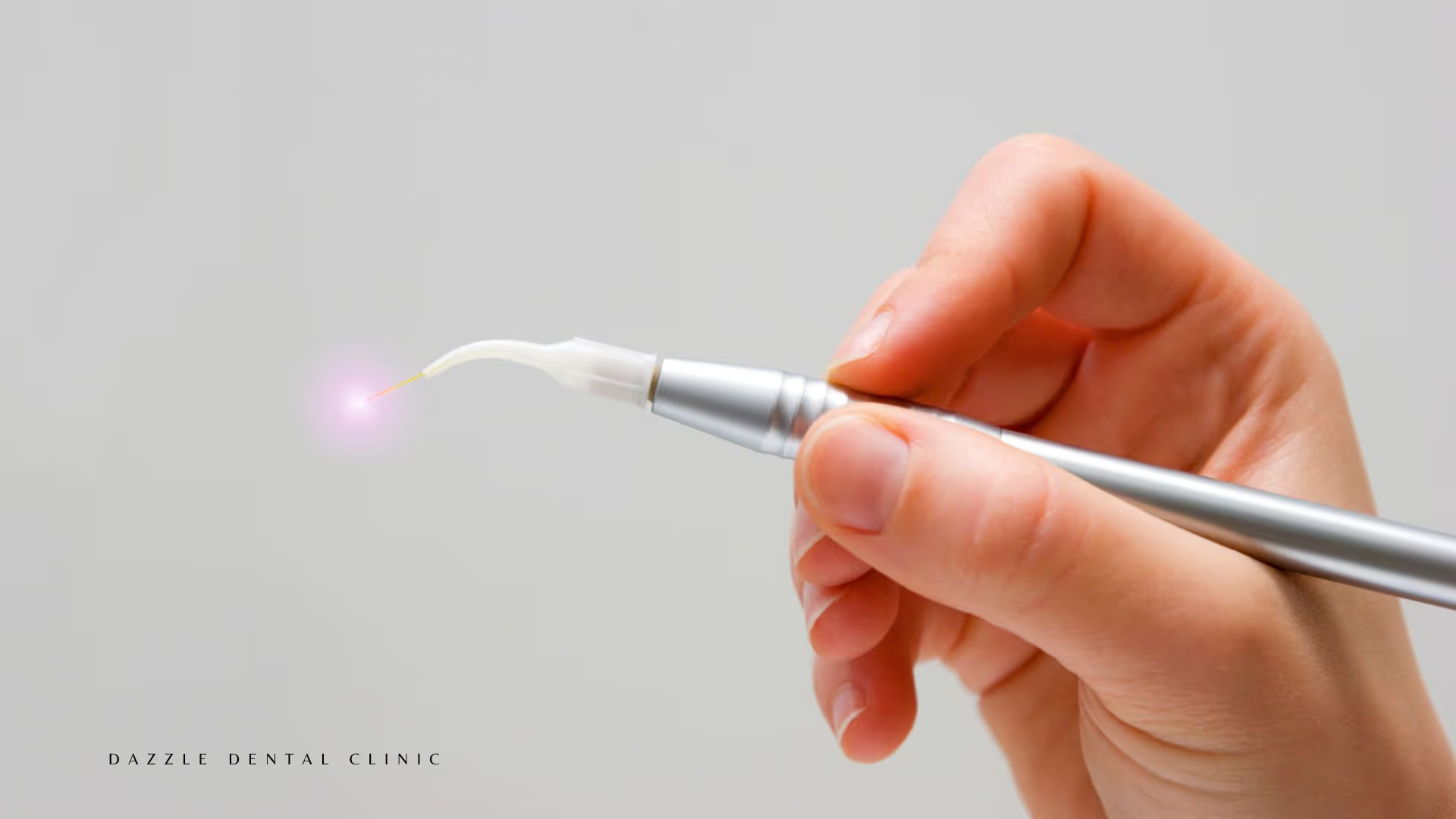Osseointegration is the foundation of modern dental implantology. It refers to the direct structural and functional connection between the living bone and the surface of a load-bearing artificial implant, such as a dental implant. This biological process allows the implant to fuse with the surrounding bone tissue, creating a stable foundation for prosthetic teeth.
When the implant is placed into the jawbone, the bone cells begin to grow and adhere to the implant surface. Over time, this bond becomes stronger, allowing the implant to support chewing forces and function like a natural tooth.
Key Points:
- Direct bone-to-implant contact with no intervening soft tissue.
- Long-term stability of dental implants depends on successful osseointegration.
- Titanium or titanium alloys are most commonly used because of their biocompatibility.
The Phases of Osseointegration
There are three primary phases of osseointegration:
- Initial Healing Phase (0–10 days post-surgery)
- After the implant is surgically placed, the body initiates a healing response. During this time, a blood clot forms around the implant, and early bone formation begins.
- Bone Remodeling Phase (2–4 weeks post-surgery)
- In this phase, immature woven bone is replaced with stronger, lamellar bone. This process helps the implant become integrated and stronger over time.
- Maturation Phase (4 weeks onwards)
- The final phase of osseointegration is the maturation phase, where the bone fully integrates with the implant surface, providing long-term stability.

Factors Influencing Osseointegration:
- Bone quality and density: Denser bone often leads to faster integration.
- Implant surface design: Modern implants feature microtextured surfaces or coatings like hydroxyapatite to enhance bone growth.
- Patient’s systemic health: Conditions like diabetes, osteoporosis, or habits such as smoking can slow the osseointegration process.
Why Osseointegration is Critical for Dental Implants
Successful osseointegration ensures that the dental implant can withstand the forces of chewing and biting without becoming loose or unstable. The better the osseointegration, the longer-lasting and more reliable the implant.
Benefits of Successful Osseointegration:
- Stability: The implant functions like a natural tooth, providing strong support for chewing.
- Durability: Osseointegrated implants are known to last decades with proper care.
- Preventing Bone Loss: Implants stimulate the jawbone, preventing bone resorption that typically follows tooth loss.
Advanced Techniques to Promote Osseointegration
1. Surface Modifications
Implant surfaces are engineered to increase bone-to-implant contact. Techniques include sandblasting, acid-etching, or adding bioactive coatings like calcium phosphate, which accelerates bone bonding.
2. Platelet-Rich Fibrin (PRF)
PRF is a biological material derived from the patient’s blood. It is rich in growth factors and is placed around the implant to enhance healing and bone regeneration.
3. Immediate Loading
In cases where bone quality and primary stability are excellent, we can place a temporary crown on the implant immediately after surgery. This approach allows osseointegration to occur while the implant is already in function.
4. Bone Grafting
For patients with insufficient bone density, bone grafting or sinus lifts can be performed to create a solid foundation for the implant. The grafted bone fuses with the natural bone, encouraging better osseointegration.
How Long Does Osseointegration Take?
The time for osseointegration varies from patient to patient and depends on several factors, such as bone quality, the implant system used, and the patient’s health. Typically, osseointegration takes anywhere from 3 to 6 months.
In some cases, we can expedite the process by using advanced techniques such as PRF or surface-modified implants. However, a thorough assessment of specific case is essential to determine the best approach.
Common Challenges in Osseointegration
While osseointegration is usually successful, there are certain challenges that can arise:
- Poor Bone Quality: Patients with osteoporosis or bone deficiencies may experience delayed osseointegration.
- Infections: Peri-implantitis, an infection around the implant, can disrupt osseointegration.
- Excessive Micromovements: If the implant is not stable immediately after placement, micromovements can prevent successful osseointegration.
These challenges can often be overcome with meticulous planning and advanced implant systems designed to optimize the process.
How to Care for Dental Implant During Osseointegration
Proper care is crucial during the osseointegration phase. Here are a few key tips to ensure successful integration:
- Maintain good oral hygiene: Brush and floss regularly to prevent infection around the implant site.
- Avoid hard foods: Stick to a soft food diet during the healing phase to avoid putting excess pressure on the implant.
- Follow-up visits: Regular check-ups allow us to monitor the osseointegration process and ensure everything is progressing as expected.
Osseointegration is the key to successful dental implants, ensuring stability, durability, and long-term function. By choosing an implant system that encourages optimal bone bonding and working with an experienced implantologist, patients can enjoy reliable results that last a lifetime.
Additional references:
- PubMed Study on Osseointegration in Dental Implants:
- Osseointegration of dental implants - This study discusses the biological process of osseointegration and its importance in dental implantology.
- MegaGen Implants – Understanding Osseointegration:
- MegaGen's Guide on Osseointegration - MegaGen offers insights into their implant surface technology and how it promotes faster osseointegration.
- Nobel Biocare – Scientific Support for Osseointegration:
- Nobel Biocare Osseointegration - Nobel Biocare explains how their implant systems, including surface modifications, promote effective osseointegration.
- Straumann – Scientific Research on Implant Stability:
- Straumann Dental Implants - Straumann offers scientific data and resources on their advanced implant surface technologies aimed at enhancing osseointegration.

















.webp)











